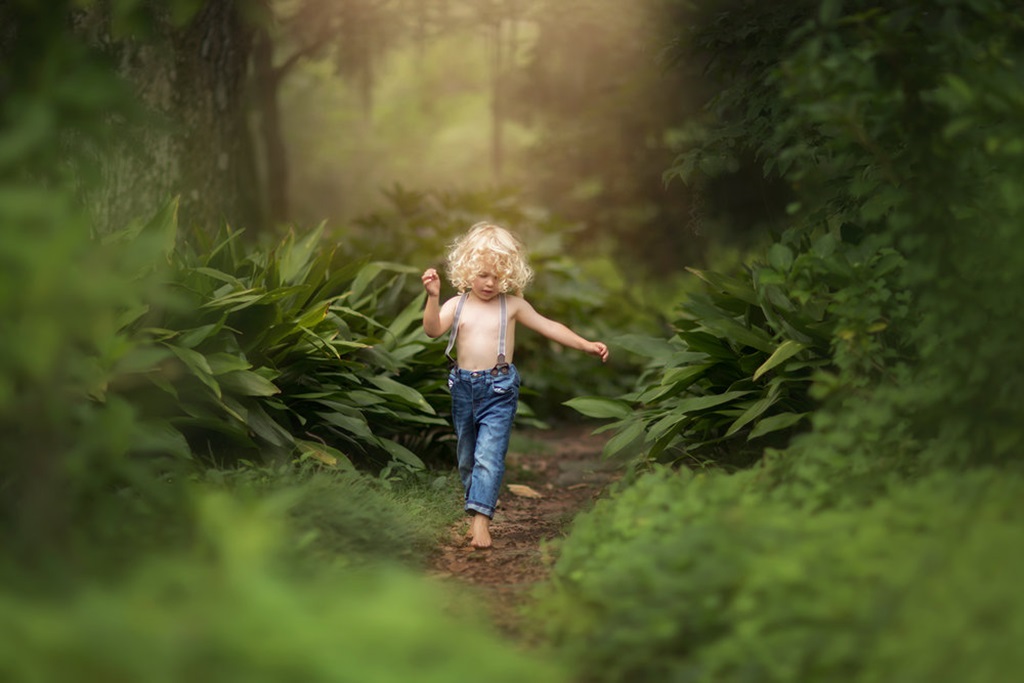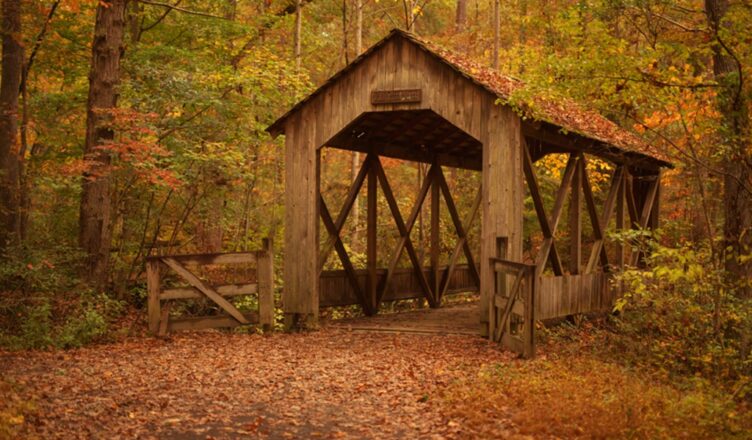Are you tired of shooting your photos against the same old backgrounds? Do you want to take your photography to the next level and add a touch of creativity to your images? Well, look no further! In this guide, I’m going to show you how to use digital backdrops to breathe new life into your photography. Whether you’re a seasoned pro or just starting, digital backdrops can be a game-changer. So, let’s dive in and explore the world of digital backdrops together!
What Are Digital Backdrops?
Before we get into the nitty-gritty of using digital backdrops, let’s start with the basics. What exactly are digital backdrops?
Think of digital backdrops as virtual backgrounds that you can add to your photos during post-processing. They can transform the environment in your images, taking your subjects to places you may have never physically visited. These backdrops come in various styles, from natural landscapes to urban scenes, and even abstract designs. The beauty of digital backdrops lies in their versatility and the endless possibilities they offer to photographers.
Why Use Digital Backdrops?
You might be wondering, “Why should I bother with digital backdrops when I can shoot in real locations?” That’s a valid question, and here are some compelling reasons to consider:
1. Creativity Unleashed
Digital backdrops provide you with the creative freedom to explore different settings and moods without leaving your studio or home. You can place your subjects in a fairytale forest, on a tropical beach, or against a stunning cityscape, all without having to travel. The only limit is your imagination!
2. Consistency
Have you ever had a photoshoot where the lighting or weather conditions changed unexpectedly? With digital backdrops, you can ensure consistency in your images. You have full control over the lighting, colors, and atmosphere, creating a cohesive look across your portfolio.
3. Accessibility
Not everyone has access to picturesque outdoor locations. Digital backdrops level the playing field, allowing photographers from all backgrounds to create stunning images with captivating backgrounds.
4. Time and Cost Efficiency
Traveling to different locations for photoshoots can be time-consuming and costly. Digital backdrops save you both time and money, as you can create a variety of scenes right in your studio.
Now that you understand the benefits, let’s explore how to use digital backdrops effectively.
How to Use Digital Backdrops
Using digital backdrops is a creative process that can enhance your photography skills. Here’s a step-by-step guide to get you started:

Step 1: Choose Your Digital Backdrop
Start by selecting a digital backdrop that complements your subject and fits the mood you want to convey. There are countless options available online, so you’re sure to find something that suits your vision.
Step 2: Set Up Your Studio
Ensure your studio or shooting area is well-lit and that your subject is positioned correctly. Pay attention to lighting angles, shadows, and reflections, as these should match the backdrop you plan to use.
Step 3: Photograph Your Subject
Take photos of your subject as you normally would, without the digital backdrop. Focus on capturing the best possible shot with proper composition and exposure.
Step 4: Prepare for Post-Processing
Once you have your subject’s photos, it’s time to move on to post-processing. Import your images into your preferred photo editing software (e.g., Adobe Photoshop or Lightroom).
Step 5: Add the Digital Backdrop
In your editing software, open the digital backdrop image you’ve chosen and place it as a layer behind your subject’s photo. Adjust the size and position of the backdrop to fit the composition seamlessly.
Step 6: Blend and Refine
Use the editing tools in your software to blend the subject with the digital backdrop. Pay attention to details like lighting, shadows, and color grading to make the composition look natural and cohesive.
Step 7: Final Touches
Make any final adjustments to the overall image, including contrast, saturation, and sharpness. Be sure to review your work and fine-tune it until you’re satisfied with the final result.
Step 8: Save and Share
Once you’re done with the editing process, save your image in the desired format and resolution. Now, you’re ready to share your masterpiece with the world!
Tips for Using Digital Backdrops
Here are some additional tips to help you make the most of digital backdrops:

1. Pay Attention to Lighting
Matching the lighting in your subject photo with the digital backdrop is crucial for a realistic look. Adjust the brightness and color temperature as needed to achieve a seamless blend.
2. Experiment with Perspective
Don’t be afraid to play with the perspective of your subject in relation to the digital backdrop. Experiment with different angles and compositions to create unique and engaging images.
3. Practice Makes Perfect
Like any skill in photography, using digital backdrops takes practice. Don’t get discouraged if your first attempts don’t meet your expectations. Keep experimenting and refining your technique.
4. Combine Multiple Backdrops
Get creative by combining multiple digital backdrops in a single image. This can add depth and complexity to your compositions, making them stand out.
5. Customize Your Backdrops
Feel free to modify your digital backdrops to suit your vision. You can adjust colors, add filters, or even create your own custom backgrounds for a truly unique look.
In Conclusion
Digital backdrops are a fantastic tool for photographers looking to add a touch of magic to their images. They offer creative freedom, consistency, and accessibility, making them a valuable addition to your photography toolkit. Remember that practice is key to mastering the art of using digital backdrops, so don’t be afraid to experiment and let your imagination run wild. With dedication and creativity, you’ll soon be creating stunning compositions that leave a lasting impression on your audience. Happy shooting!
Now, it’s your turn to dive into the world of digital backdrops and start creating captivating images that tell unique stories. Don’t be afraid to explore, experiment, and push your creative boundaries. Happy photographing!
FAQs
Q1: Can I use any photo editing software to add digital backdrops?
Yes, you can use various photo editing software, such as Adobe Photoshop, GIMP, or even smartphone apps, to add digital backdrops to your photos. The key is to find software that allows you to work with layers and offers the necessary editing tools.
Q2: Where can I find digital backdrops to use?
You can find digital backdrops on various online platforms, including stock photography websites and digital art marketplaces. Many photographers and artists also create and sell their own digital backdrop collections.
Q3: Do I need a high-end camera for using digital backdrops?
While a high-end camera can certainly produce high-quality images, you don’t necessarily need one to use digital backdrops. Even smartphones with decent cameras can create impressive results when combined with the right editing techniques.
Q4: Are there any copyright issues with using digital backdrops in my photos?
It’s essential to check the licensing terms of the digital backdrops you use. Some may come with specific usage restrictions, while others may be royalty-free. Always respect the copyright and licensing agreements to avoid legal issues.
Q5: Can I use digital backdrops for commercial photography?
Yes, you can use digital backdrops for commercial photography, but it’s important to ensure that you have the appropriate licensing for both the backdrops and any recognizable elements in your images. Be sure to clarify the usage rights with the backdrop provider if necessary.

